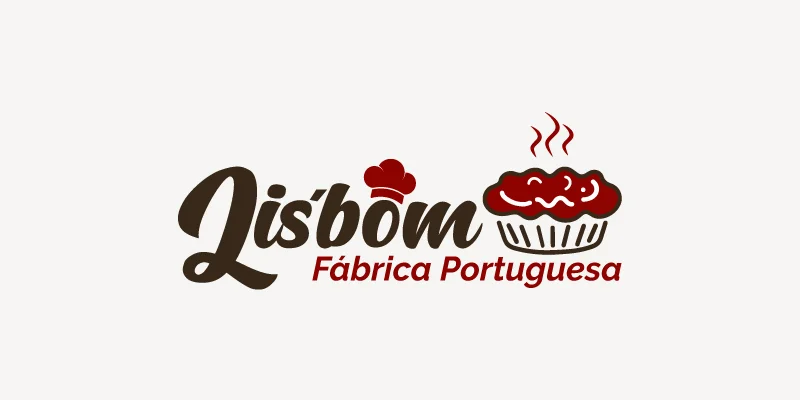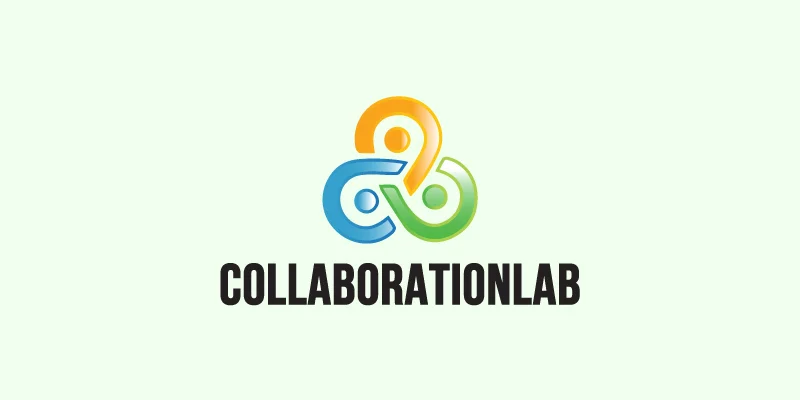In today’s digital era, a company’s logo and website play a pivotal role in establishing its online presence and creating a strong brand identity. Finding the right logo and web Design Company is crucial to ensure a visually appealing and functional representation of your business. According to Statista report, based on nationally representative data collected from 10,000 people and 25,000 devices, the BBC attracted a staggering 38.1 million monthly visits in the UK in January 2023. The Sun closely followed with 26.3 million visits, while the Mirror recorded 25.3 million visits. Additionally, the digital native site Money Saving Expert secured a spot in the top 20 ranking, with over 14 million visits. These figures demonstrate the popularity and reach of these renowned digital platforms.
This weblog aims to highlight the best logo and website design companies in the UK, showcasing their expertise, creative prowess, and commitment to delivering exceptional results. Whether you are a start-up looking to make a mark or an established business seeking a brand refresh, this guide will provide valuable insights to help you make an informed decision.
The Significance of a Well-Crafted Logo
A logo serves as the face of a brand, representing its values, mission, and uniqueness. It is a visual symbol that captures the essence of a company and communicates with its target audience. An expertly designed logo leaves a lasting impression and fosters brand recognition. The best logo design company in the UK understands the importance of a well-crafted logo and employs a team of talented designers who possess a keen eye for aesthetics and the ability to translate brand values into visual elements. They take into account the client’s preferences, target audience, and industry trends to create a logo that stands out from the competition.
The Role of a Professional Web Design Company


In an increasingly digital world, a website serves as the online gateway to a company’s products and services. It acts as a virtual storefront, providing information, engaging visitors, and driving conversions. A professional web design company in the UK combines functionality with aesthetics to create websites that are visually stunning, user-friendly, and optimized for search engines. They understand the importance of responsive design, ensuring that the website looks and performs seamlessly across different devices and screen sizes.
The best website design company in the UK employs a team of skilled web designers, developers, and UX/UI experts who work collaboratively to create a captivating online experience. They conduct thorough research to understand the client’s target audience, business goals, and industry requirements. With this knowledge, they design a website that not only aligns with the brand’s visual identity but also incorporates intuitive navigation, compelling content, and effective call-to-action elements to maximize user engagement and conversions.
Unveiling the Best Logo and Website Design Trends In the UK
The world of design is constantly evolving, and staying on top of the latest trends is essential for businesses looking to create a strong brand presence. In the UK, where creativity and innovation thrive, logo and website design trends are ever-evolving. This weblog aims to unveil the best logo and website design trends in the UK, offering insights into the visual elements, styles, and technologies that are shaping the digital landscape. By embracing these trends, businesses can ensure that their logos and websites are not only visually appealing but also aligned with contemporary design sensibilities.
- Minimalism and Simplicity
In recent years, minimalism has become a dominant trend in logo and website design. Clean, simple designs with ample white space and a focus on essential elements have gained popularity. Minimalistic logos convey a sense of elegance, sophistication, and professionalism. They strip away unnecessary details, leaving only what is essential to make a powerful visual impact.
Similarly, minimalist website design emphasizes clarity and ease of use. Minimalistic websites feature streamlined layouts, crisp typography, and strategic use of negative space. They provide a clutter-free user experience, ensuring that visitors can quickly find the information they seek.
- Responsive and Mobile-Friendly Design
With the increasing use of smartphones and tablets, responsive and mobile-friendly design has become a necessity rather than a luxury. In the UK, where mobile internet usage is prevalent, businesses need websites that adapt seamlessly to various screen sizes and devices. Responsive design ensures that the website layout, content, and functionality remain consistent and user-friendly across all devices, providing an optimal browsing experience.
Moreover, mobile-first design has gained traction, with designers prioritizing the mobile experience during the design process. This approach ensures that the website performs efficiently on smaller screens, considering factors like touch-friendly navigation, faster loading times, and thumb-friendly interactions.
- Bold Typography and Custom Fonts
Typography plays a crucial role in custom website design, as it communicates tone, personality, and brand identity. In the UK, designers are increasingly experimenting with bold and eye-catching typography to create memorable logos and impactful website headings. Custom fonts are also gaining popularity, allowing brands to establish a unique visual identity and stand out from competitors.
The use of large, attention-grabbing headlines and dynamic typography in website design helps to guide users’ attention and create engaging visual experiences. Mixing different font styles and sizes can add depth and visual interest to the overall design, enhancing the brand’s message and storytelling.
- Dynamic and Interactive Elements
To captivate and engage users, dynamic and interactive elements are being incorporated into logo and website design in the UK. Animations, scrolling effects, hover effects, and microinteractions are used strategically to add visual interest and create a memorable user experience. These elements not only enhance the aesthetics but also provide opportunities for storytelling and conveying brand messages in a more interactive and engaging manner.
In logo design, dynamic and animated logos are gaining popularity, enabling brands to express their personality and creativity. Such logos can adapt to different digital platforms and create a memorable brand identity.
As the design landscape in the UK continues to evolve, businesses must stay abreast of the latest logo and website design trends. By embracing minimalism, responsive design, bold typography, and dynamic elements, companies can create visually stunning and user-friendly experiences that resonate with their target audience and leave a lasting impression.
Different Types of Logo Designs Followed in the UK


Logo design company plays a pivotal role in establishing brand identity and recognition. In the United Kingdom, a diverse range of logo design styles and types are embraced to effectively represent businesses and connect with their target audiences. This weblog explores some of the prominent logo design types followed in the UK, showcasing their characteristics and use cases.
- Wordmark Logos


Wordmark logos, also known as logotypes, are typographic designs that feature the company or brand name in a unique and visually appealing way. These logos focus on typography and custom lettering to create a distinctive visual identity. Famous examples include the logos of Coca-Cola and Google. Wordmark logos are particularly suitable for brands with memorable and distinct names or initials, as they help build brand recognition and reinforce brand identity.
- Symbol or Icon Logos
![]()
![]()
Symbol or icon logos rely on visual symbols or icons to represent the brand. These logos are created using a single image or a combination of shapes and symbols that encapsulate the essence and values of the brand. Icon logos can be highly effective in communicating a brand’s message at a glance and are particularly useful for brands that want to establish a strong visual association with their products or services. Notable examples include the logos of Apple and Nike.
- Combination Logos


Combination logos are a fusion of both wordmark and symbol elements, where the brand name is accompanied by a distinctive symbol or icon. This type of logo design offers the flexibility to use the complete logo or just the symbol or wordmark depending on the context and application. Combination logos provide a balance between brand recognition through typography and visual representation through symbols. Many established brands, such as Adidas and McDonald’s, employ combination logos.
- Lettermark Logos


Lettermark logos, also known as monogram logos, are designed using the initials or acronym of the brand. These logos focus on typography, often creatively arranging and manipulating the letters to form a unique and visually appealing design. Lettermark logos are commonly used by companies with long or complex names to simplify their brand representation. Noteworthy examples include the logos of IBM and HBO.
- Emblem Logos


Emblem logos incorporate text and symbols within a unified shape or emblem, typically encased in a border or frame. These logos often have a traditional or vintage aesthetic, making them suitable for brands that want to convey a sense of heritage, authenticity, or authority. Emblem logos are commonly seen in the automotive, sports, and government sectors. The Harley-Davidson and Starbucks logos are iconic examples of emblem logos.
- Abstract Logos


Abstract logos are non-representational designs that use geometric shapes, patterns, and lines to create a unique visual identity. These logos rely on abstract forms and compositions to evoke emotion, convey ideas, and leave a lasting impression. Abstract logos offer a high level of creativity and versatility, allowing for open interpretation and adaptability across various industries. Examples include the logos of Pepsi and Nike’s swoosh.
- Mascot Logos


Mascot logos feature a character or illustrated figure that represents the brand. These logos are often colourful, friendly, and personable, adding a human or animal element to the brand’s identity. Mascot logos are popular among sports teams, schools, and children’s brands as they help establish a fun and approachable brand image. The Michelin Man and KFC’s Colonel Sanders are iconic mascot logos.
Conclusion
The United Kingdom embraces a wide range of logo design types to cater to the diverse needs and preferences of businesses across various industries. Whether it’s a wordmark, symbol, combination, lettermark, emblem, abstract, or mascot logo, each design type offers unique benefits in terms of brand recognition, communication, and visual appeal. By selecting the most suitable logo design type. Furthermore, if you are looking for a logo and web design company in the UK, then contact LogoDesignsCompany.
Also Read: The significance of business logo design, web design company in the UK and mobile app design


